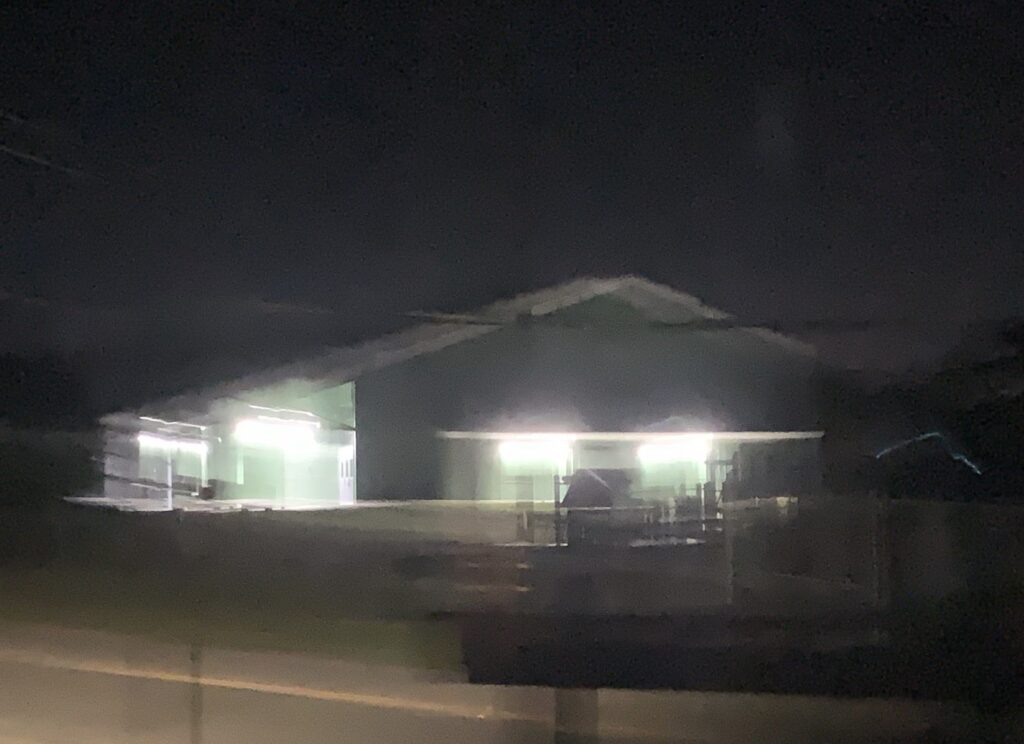Brighter lights intensify glare.
According to a 2012 report of the American Medical Association, “Glare from nighttime lighting can create hazards ranging from discomfort to frank visual disability.”
There is no clear scientific evidence that increased outdoor lighting deters crimes. It may make us feel safer but has not been shown to make us safer. Bad outdoor lighting can decrease safety by making victims and property easier to see. Glare from bright, unshielded lights actually decreases safety.
Outdoor lighting is intended to enhance safety and security at night, but too much lighting can actually have the opposite effect. Visibility should always be the goal. Glare from bright, unshielded lights actually decreases safety because it shines into our eyes and constricts our pupils. This can not only be blinding, it also makes it more difficult for our eyes to adjust to low-light conditions.
Researchers in a 2015 study found streetlights didn’t prevent accidents or crime but were expensive. Increased lighting had no effect on road traffic collisions and crime in 62 English and Welsh communities – whether authorities turned them off completely, dimmed them, turned them off at certain hours, or substituted low-power LED lamps.

They concluded: “[W]hen risks are carefully considered, local authorities can safely reduce street lighting saving both costs and energy … without necessarily impacting negatively upon road traffic collisions and crime.”
In fact, most property crime occurs in the light of the day. And some crimes like vandalism and graffiti actually thrive on night lighting. Soon after West Marin School installed lighting so intense it woke up neighbors a mile away, a few frisky kids painted graffiti on the school grounds (allegedly).
Brighter Does Not Equal Safer
Smart lighting directs light where it is needed and creates a balance between safety and starlight,
(Source: International Dark Sky Association)